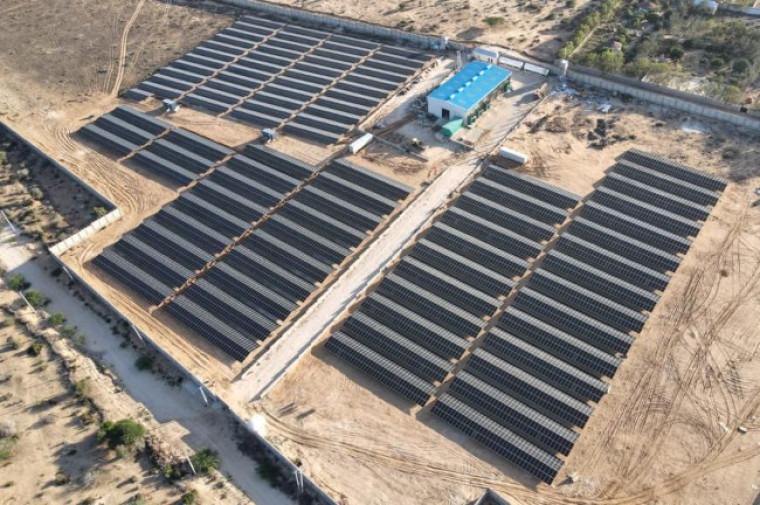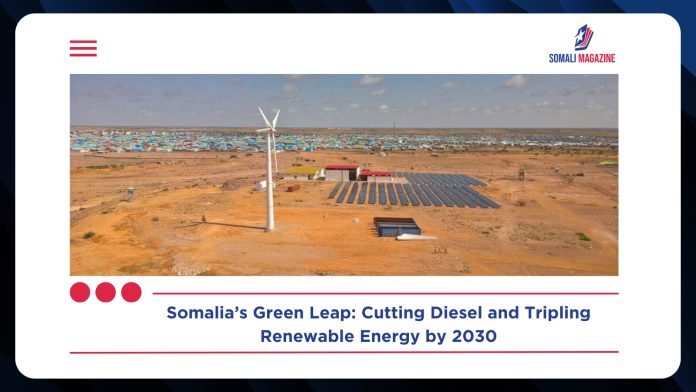Facebook Twitter (X) Instagram Somali Magazine - People's Magazine
Somalia has unveiled an ambitious plan to reduce its reliance on diesel and triple its renewable energy capacity by 2030, signaling a transformative shift toward sustainable development and energy independence. The strategy, developed in partnership with the International Renewable Energy Agency (IRENA), aims to expand renewable capacity from 54 megawatts in 2023 to 392 megawatts by the end of the decade, while also boosting off-grid power access in underserved regions.
The move comes as Somalia grapples with some of the highest electricity costs in Africa—ranging from $0.60 to $1.00 per kilowatt hour—largely due to its dependence on fragmented, privately operated diesel mini-grids. With nearly 80% of the population lacking access to electricity, the government is prioritizing clean energy as a pathway to economic growth, improved public services, and climate resilience.
“This is about building a reliable system from scratch,” said Minister of Energy and Water Resources Abdullahi Bidhan Warsame. “We are not just talking about access to electricity. We are talking about powering healthcare, schools, water supply, and livelihoods.”
The plan outlines a 30% increase in off-grid generation, particularly in hard-to-reach areas such as Galmudug and Jubaland. It also includes the rollout of cleaner cooking technologies like biogas and solar cookers to reduce indoor air pollution and deforestation.
Somalia’s geographic advantages make it well-positioned for renewable energy development. The country receives 6–8 kilowatt-hours per square meter of solar irradiation daily, and wind speeds in Puntland and Somaliland average 9–10 meters per second—among the highest in East Africa. These conditions offer immense potential for solar and wind energy, which the government intends to harness through updated atlases, centralized data systems, and a new regulatory framework for licensing and power purchase agreements.

However, the path forward is not without challenges. Somalia lacks a national electricity grid, and its regulatory institutions remain underdeveloped. The IRENA report calls for the establishment of a national energy donor coordination body and the operationalization of key governance structures to ensure effective implementation.
The strategy also emphasizes the importance of public-private partnerships and international investment. Projects like the 2.8 MW hybrid solar power plant in Baidoa—developed by Kube Energy in collaboration with the South West State government and backed by the World Bank’s Multilateral Investment Guarantee Agency—serve as models for future initiatives. The Baidoa facility, which includes battery storage and diesel backup, is expected to transition to state ownership after 15 years and will supply clean power to the United Nations and local institutions.
Somalia’s commitment to renewable energy was reaffirmed at COP28 in Dubai, where it joined other nations in pledging to triple global renewable power capacity. The country’s energy transition is seen as a critical component of its broader recovery from decades of conflict and underinvestment.
As implementation begins, the government is calling on development partners, investors, and local communities to support the transition. The success of the plan will depend on coordinated action, transparent governance, and sustained political will.
If successful, Somalia’s renewable energy transformation could serve as a blueprint for other fragile states seeking to build resilient, low-carbon economies from the ground up.

